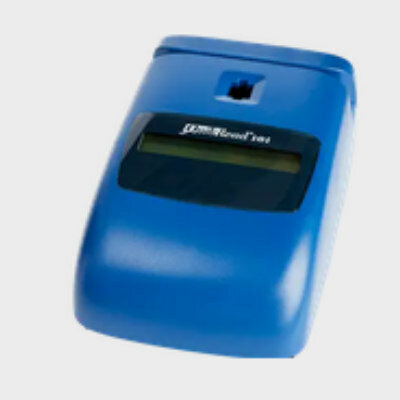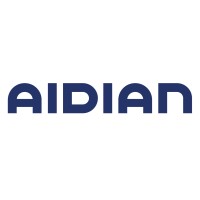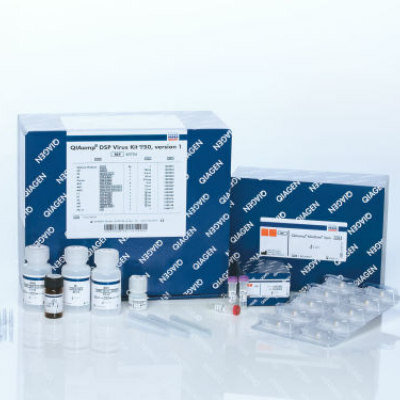AI-Based Breast Cancer Test Uses Routine Digital Histopathology Images for Risk Stratification
Posted on 15 Oct 2024
Histological tumor grade serves as a strong prognostic indicator in breast cancer. Invasive breast cancer is graded through a morphological assessment following the Nottingham Histologic Grade (NHG), categorizing tumors into low-, intermediate-, or high-risk groups, specifically NHG 1, 2, or 3. Currently, however, more than half of breast cancer patients fall into the intermediate risk category (NHG 2), which provides limited clinical guidance for treatment decisions. This situation has led to the challenge of over- and undertreatment in early breast cancer cases, with many clinical choices relying on costly molecular assays that are often inaccessible to a large number of patients. Now, a novel deep learning solution facilitates the detection and classification of intermediate-risk tumors into low- and high-risk categories based on grade-related tumor morphology.
Stratipath Breast, developed by Stratipath AG (Stockholm, Sweden), is the first regulatory-compliant solution in the EU for breast cancer risk stratification that utilizes artificial intelligence (AI) and routine H&E histopathology images. This AI-driven solution processes digitized hematoxylin and eosin-stained histopathology images of breast cancer tissues, enabling the identification of patients at increased risk for disease progression and thus providing decision support for clinicians assessing breast cancer. Unlike traditional molecular tests, AI-based risk profiling offers faster result turnaround, generates new insights at the diagnostic stage, and significantly reduces dependence on expensive molecular testing. Consequently, Stratipath Breast enhances accessibility and benefits for a larger patient population affected by breast cancer.
The AI-driven image analysis and decision support platform is designed to reduce the chances of breast cancer recurrence by improving the identification of high-risk patients. Stratipath’s AI model has been trained using existing data from past patients collected across various hospitals in Sweden. This dataset includes scanned images and patient outcomes, enabling the AI model to learn how to identify individuals at high risk of relapse, flagging them for the pathologist's attention. The system evaluates risk-related morphological patterns locally within the images and synthesizes this information over the analyzed tissue area to determine the tumor's classification as high- or low-risk. Results generated by Stratipath Breast offer prognostic insights and are meant to complement other clinical and pathological data in decision-making processes. Additionally, Stratipath Breast ensures an efficient workflow through integration with leading digital pathology solutions, and it can function independently via the Stratipath customer web portal.
A recent study that included over 2,700 patients from two distinct sites successfully validated the prognostic effectiveness of Stratipath Breast. In the clinically significant subgroup of ER+/HER2- patients, a Hazard Ratio (HR) of 2.76 was noted between high- and low-risk categories in a multivariable Cox PH model adjusted for clinical factors. Furthermore, among NHG2/ER+/HER2- patients classified as intermediate risk, an HR of 2.20 was recorded between high- and low-risk groups. The study also assessed the underlying risk score as a foundation for five-level multi-group risk stratification, revealing a marginal HR of 9.33 between the reference group and the highest risk category, which represented 20% of the population.
Related Links:
Stratipath AG













.jpg)

